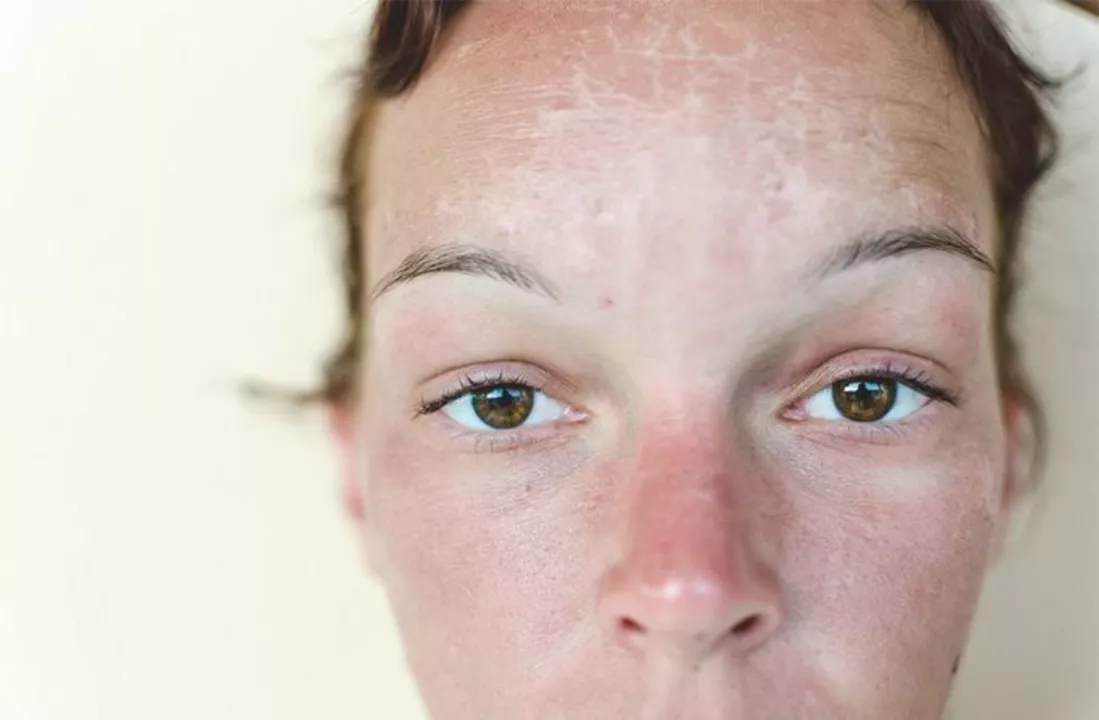Sunburn: What You Need to Know to Protect and Heal Your Skin
Sunburn happens when your skin gets exposed to too much ultraviolet (UV) light, usually from the sun. It can cause redness, pain, swelling, and sometimes blisters. Beyond discomfort, repeated sunburns increase the risk of skin damage and even skin cancer. Understanding how sunburn happens and what to do can keep your skin safe and healthy.
First off, prevention is key. Using broad-spectrum sunscreen with at least SPF 30 and reapplying every two hours is a simple but powerful way to protect your skin. Don't forget shaded areas, hats, and sunglasses—they provide extra defense. Avoid sun exposure during peak hours, usually between 10 a.m. and 4 p.m., when UV rays are strongest. Wearing light, breathable, long-sleeved clothing can also help block harmful rays.
What to Do When You Get Sunburned
If you do get sunburned, act quickly to soothe your skin. Cool baths or showers can ease the heat, but avoid harsh soaps that might irritate further. Applying aloe vera gel or moisturizing lotions helps reduce dryness and pain. Over-the-counter pain relievers like ibuprofen can calm inflammation and discomfort too. Drink plenty of water to stay hydrated because sunburn draws moisture out of your skin.
Avoid peeling, scratching, or picking at sunburns, as this damages the skin and slows healing. If blisters form, don't pop them; they protect the skin underneath. Seek medical help if you experience severe blistering, fever, chills, or dizziness, which can signal sun poisoning or heatstroke.
Understanding the Risks and Long-Term Impact
Sunburn isn't just about day-to-day pain—it affects your skin's health over time. UV damage breaks down collagen, leading to wrinkles and premature aging. More seriously, cumulative sun damage increases your chance of skin cancers, including melanoma. That's why taking sun protection seriously isn't just about avoiding discomfort—it's about safeguarding your health long term.
Caring for your skin means knowing your limits and protecting yourself wisely. With these tips, you can enjoy the sun while keeping your skin safe and happy. Ready to stay sun-smart next time you step outside?
Sunburn and Rosacea: Managing Flare-Ups and Protecting Your Skin
Sunburn and rosacea can be quite troublesome, but managing flare-ups and protecting our skin is possible with the right approach. In my latest blog post, I discuss the importance of using sun protection, like wearing sunscreen and protective clothing, to prevent sunburn-related rosacea flare-ups. I also cover various treatments and lifestyle changes that can help manage rosacea symptoms. Staying vigilant about skincare and knowing our triggers can make a significant difference in maintaining healthy skin. Check out my post to learn more about keeping your skin safe and minimizing flare-ups!

